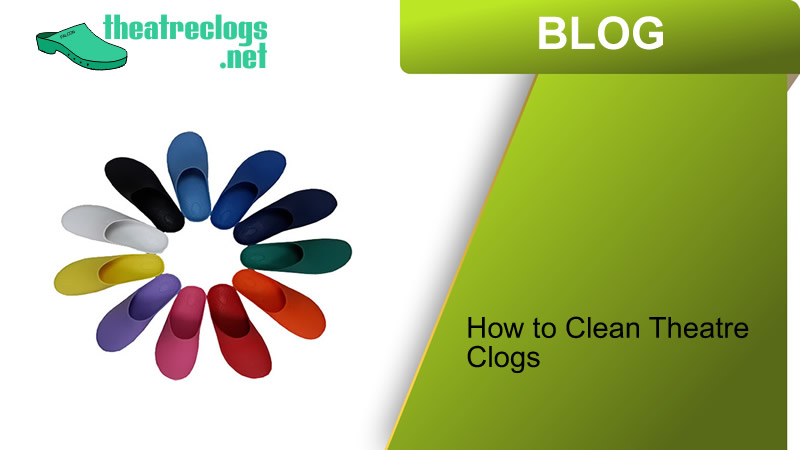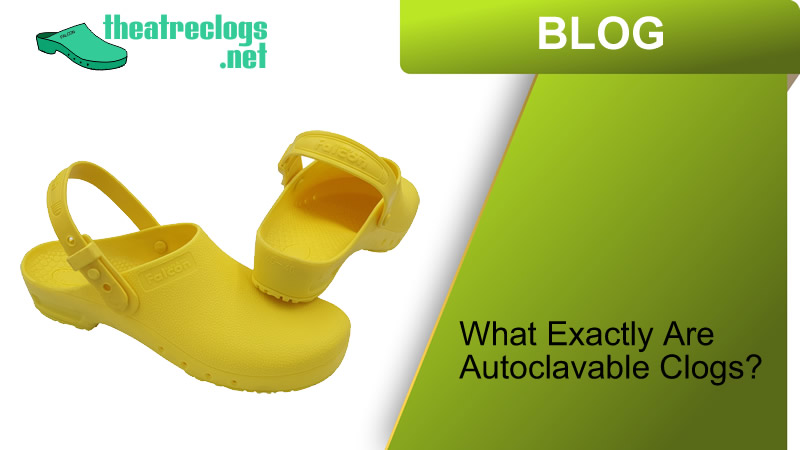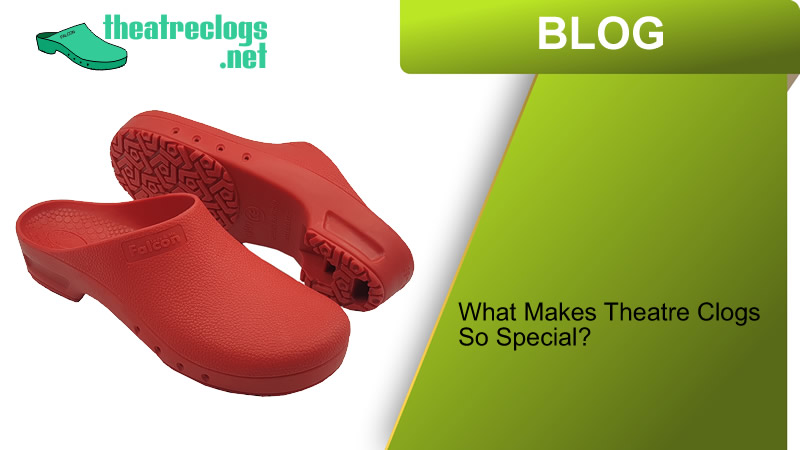
When you think about the intricate world of an operating theatre, your mind probably jumps to advanced surgical instruments, high-tech monitoring equipment, or the skilled hands of the medical team. But what about the footwear worn by those professionals? Theatre clogs are far more than just a pair of shoes; they are a critical piece of personal protective equipment designed for comfort, safety, and uncompromising hygiene.
So, how are these specialized clogs brought to life? Let’s take a behind-the-scenes look at the manufacturing process that makes them fit for the demanding environment of a hospital.
Step 1: Material Selection – The Foundation of Functionality
The journey begins with the careful selection of materials. Unlike regular footwear, theatre clogs must meet stringent requirements for:
- Autoclavability: This means they must withstand repeated high-temperature and high-pressure steam sterilization cycles without degrading, deforming, or losing their properties. Common materials include high-quality thermoplastic elastomers (TPE), EVA foam, or specialized polymers. These materials are chosen for their heat resistance and chemical stability.
- Anti-Static Properties: To prevent the buildup of static electricity, which can be dangerous in an OR, the materials often incorporate conductive additives like carbon black or specific anti-static compounds. These ensure that any static charge is safely dissipated to the floor.
- Durability and Comfort: The material must also be robust enough to withstand daily wear and tear, yet flexible and lightweight enough to provide comfort during long shifts.
- Slip Resistance: The sole material is crucial for preventing slips and falls on potentially wet or slippery hospital floors.
Step 2: Design and Ergonomics – Crafting for Comfort and Safety
Before manufacturing begins, extensive design work is undertaken. This phase focuses on:
- Ergonomic Shape: The design prioritizes comfort and support for long hours on one’s feet. This includes features like arch support, ample toe room, and a raised heel (often around 3-4 cm) to reduce strain on the feet and back.
- Ventilation: Strategically placed ventilation holes or ports are incorporated to allow airflow, reducing heat and moisture build-up inside the clog. For some models, these holes are positioned on the side to prevent spills from entering.
- Heel Straps: Many designs include a movable heel strap for a secure fit, which can be swung forward for a slip-on style or backward for added security during faster movements.
- Smooth Surfaces: The exterior is designed with smooth, non-porous surfaces to facilitate easy cleaning and prevent the trapping of contaminants.
Step 3: Molding – Bringing the Design to Life
Once the materials and design are finalized, the manufacturing process typically involves injection molding:
- Pellets to Product: The selected polymer materials, in pellet form, are fed into an injection molding machine.
- Heating and Injection: The pellets are heated to a molten state and then injected under high pressure into precisely engineered molds. These molds are designed to create the entire clog, including the sole, upper, and any integrated features, often in a single piece.
- Cooling and Solidification: Once injected, the material cools and solidifies within the mold, taking on the desired shape.
- Demolding: The newly formed clog is then ejected from the mold.
This injection molding process allows for consistent quality, precise dimensions, and efficient mass production.
Step 4: Quality Control and Finishing Touches
After molding, each clog undergoes rigorous quality control:
- Visual Inspection: Clogs are inspected for any defects, imperfections, or inconsistencies in color or finish.
- Performance Testing: Samples from each batch are subjected to various tests to ensure they meet required standards:
- Autoclavability Tests: Repeated autoclaving cycles are performed to confirm the material’s resistance to heat and pressure.
- Anti-Static Resistance Tests: Electrical resistance is measured to ensure effective static dissipation according to standards like EN ISO 20347.
- Slip Resistance Tests: Soles are tested on various surfaces (e.g., ceramic tiles with detergent, steel with glycerine) to verify their non-slip properties.
- Durability and Flex Testing: Clogs might undergo fatigue tests to ensure they withstand prolonged use.
- Branding and Packaging: Finally, the clogs are branded (e.g., with the Falcon logo), perhaps fitted with removable insoles or heel straps if not integrated, and then packaged for distribution.
The production of theatre clogs is a testament to specialized manufacturing, where every step is geared towards creating footwear that not only supports the wearer but also plays a vital role in maintaining the sterile sanctity of the operating environment. They are, quite literally, built from the ground up for safety and hygiene.
Do you have any other questions about the technology behind medical footwear?






